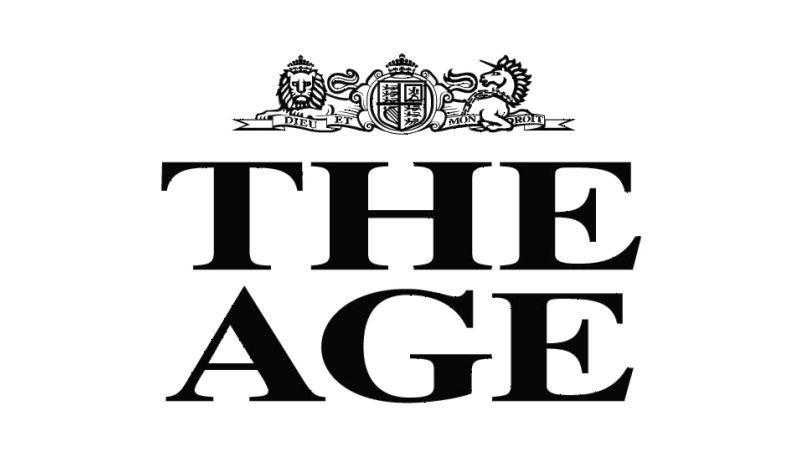To make short work of exercise regimens, a personal trainer may fit the bill
KAREN Hoggan wanted to feel healthier — lose some weight and get her “pre-marriage figure back”. But she was uncomfortable at the local gym where she felt surrounded by younger, fitter people and could not motivate herself to go regularly.
The solution for Mrs Hoggan, 41, and for a growing number of Australians, has been to hire a personal trainer.
It is estimated that about 200,000 Australians are now using personal trainers, and they now make up a third of the 12,000 fitness professionals registered with peak industry body Fitness Australia.  President Susan Kingsmill says their number has increased by about 200 per cent since the beginning of 2004 and believes there are probably twice as many again who are not registered.
President Susan Kingsmill says their number has increased by about 200 per cent since the beginning of 2004 and believes there are probably twice as many again who are not registered.
Ms Kingsmill estimates Australians are spending about $7.5 million on personal trainers each week, or $390 million a year, and expects the figure will grow rapidly. “I would say that personal training is unquestionably the fastest-growing area of the industry,” said Ms Kingsmill. She believes the nation’s obesity “pandemic”, high disposable income and the increasingly time-poor existence of many working adults has helped the profession come into its own in recent years.
Karen Hoggan spends $230 each week for three hour-long sessions with Gail Miller from My Trainer Corporation.
It may sound like a lot of money, but for Mrs Hoggan, a sales consultant who works from home in Diamond Creek, the benefits outweigh the costs. She has shed centimetres from her waistline and feels stronger, healthier and more motivated.
“With gyms they love you and leave you. You’re pretty much on your own once you’ve walked through the door,” said Mrs Hoggan. But now she has a personalised regime and the bonus of an expert eye overseeing her every move. “At the gym you never knew if you were doing exercises properly.”
In the three months she has been attending workout sessions at Ms Miller’s house, Mrs Hoggan has not missed one appointment. “If I cancel a session it’s not just me that I’m letting down,” she points out.
Ms Miller, who usually exercises with her clients in or around their homes, says most people who see personal trainers are highly motivated, professional people. “But they want you to tell them what to do so they know they are using their time effectively to reach their goals,” she says.
Craig Harper is another who can attest to the growing popularity of personal trainers. When he began his own training studio in Hampton in 1990, many expressed doubts that his business would succeed.
“Back then people would ask, ‘What on earth is a personal trainer?’ It had an air of extravagance about it. They thought personal training was a flash in the pan.”
There are now about 170 personal training businesses listed in the Melbourne Yellow Pages compared with 60 in 2002. Mr Harper’s business, Harper’s Personal Training in Brighton, is now one of the largest personal training studios in Australia with 42 trainers who run 1400 sessions each week. In the past five years the business has doubled in size.
“I think every second person in Brighton has a personal trainer,” Mr Harper said. “People realise you don’t have to be a high-flying CEO.”
While clients can spend hundreds of dollars a week for multiple one-on-one sessions, others spend less than $50 working with a trainer in groups of up to four people.
Tony Lane, 54, spends about $40 a week to attend four group personal training sessions run by franchise Step Into Life at a park in Hawthorn East. Step Into Life was started by two brothers at a park in Bentleigh in 1995. It now runs group personal training sessions at 79 parks around Australia in co-operation with local councils.
Mr Lane says the sessions have helped him take control of his life, saving him from the tedium of early morning walks or exercising alone at a gym. “I was very overweight,” said Mr Lane, a health and safety consultant. He says there are about 10 people in his group, and each person is assessed by the trainer and given a program.
“I do three cardio sessions and one strength session a week,” he explains. And while some members of the group are younger and fitter than Mr Lane, each can work at their own pace. “The younger ones might streak up a hill, but they’re always clapping you when you reach the top. Then there are other people in the group who you’ll try and compete with,” he said.
Personal training has proved so alluring that gyms have moved to cash in. Diana Williams, executive chair of Fernwood Women’s Health Clubs, now markets personal training as a core part of Fernwood’s services. The chain now employs about 650 personal trainers, about one-quarter of its total fitness staff.
Ms Williams says that about 30 per cent of Fernwood’s 80,000 members pay extra — $40 for a half-hour session — for personal training on top of their membership fees.
The craze for personal trainers has seen enrolments at training colleges soar. The Australian Institute of Fitness, an independent tertiary college, had 383 students enrolled in personal training courses at its four Victorian campuses at the end of 2003. At the end of last year there were 1196. Nicky Partridge, AIF’s Victorian director said most students find jobs within weeks of graduating.
“Most get work in clubs first then they look to start their own business with the experience under their belt,” she said.
Summer Nelson, a board member of Fitness Victoria and director of My Trainer Corporation, says the increased visibility of personal training has made the attractions of the profession clear.
“Working in the fitness industry used to be a fairly transient career,” she said. “People would work in a gym for a couple of years while they were young. But now they see personal training as a means of running their own business.”
As featured in The Age business section Tuesday 7th February 2006

